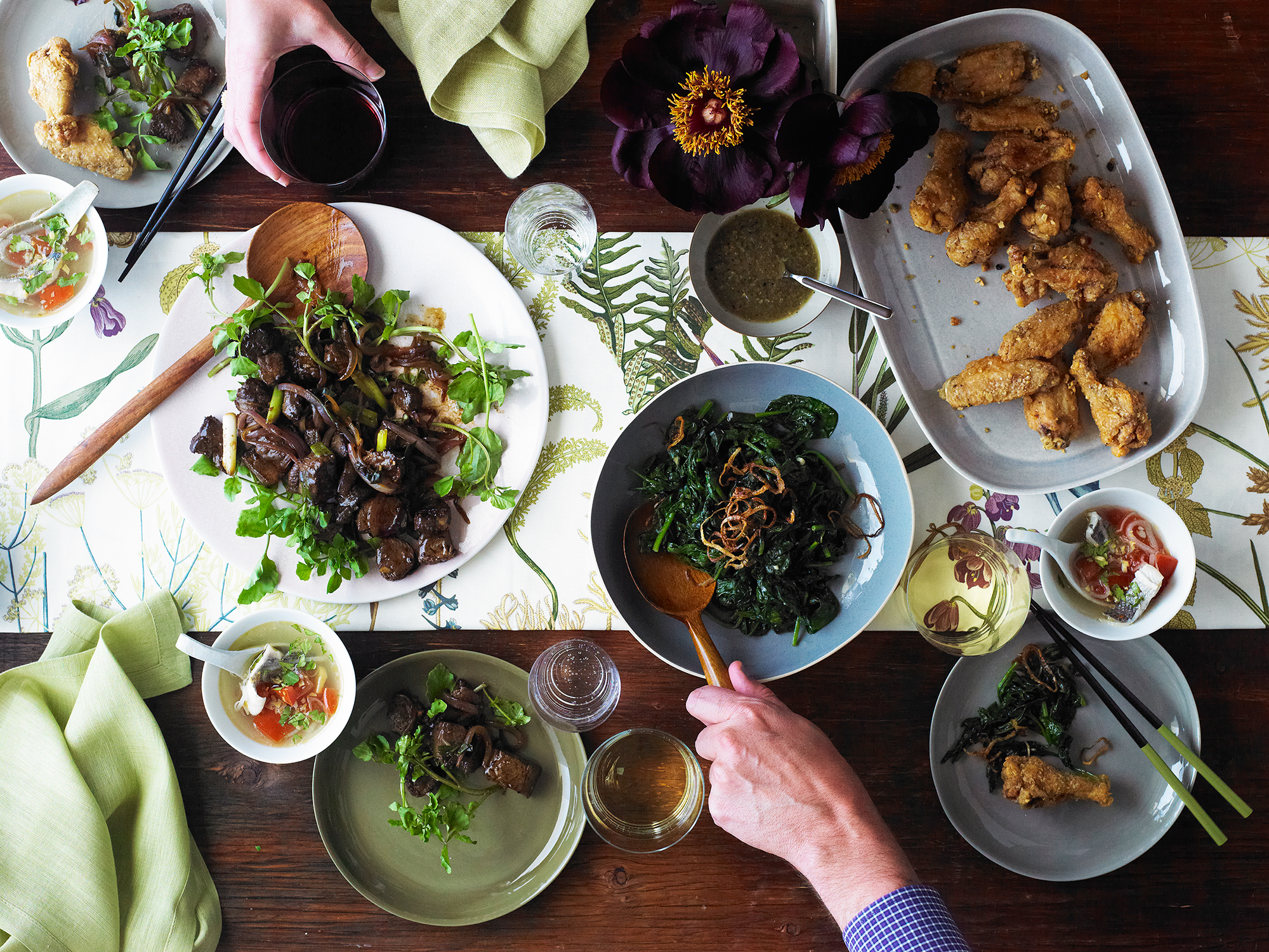
Gersen is a professor of law at Harvard Law School and director of the Food Law Lab at the Petrie-Flom Center.
A recent report by some of my colleagues at Harvard Law School estimates that up to 40 percent of the food produced in the United States goes uneaten and that consumers waste approximately 160 billion pounds of food each year. Put differently, the federal government estimates that each year the average four-person household wastes more than two million calories, the equivalent of $1,500. Why exactly are we paying millions of dollars to throw away food?
One answer—maybe the answer—is law. A mix of federal, state and local laws make it almost impossible to get food that would otherwise be wasted to those who could use it. If you donate food to someone and they get sick or even die, then you could be legally liable for their injury. That risk, however small, means that when choosing between giving away and throwing away food, the least risky choice is to toss it. Some restaurants have found ways to manage this problem by carefully picking recipient organizations and transporters and carefully documenting their own preparation practices, but many have not. Often it is easier to do the wrong thing; or rather, the law has made wasting food the only thing for many restaurants.
Politicians and activists have long understood this problem, which is why both states and the federal government have passed so-called Good Samaritan laws (like the Emerson Good Samaritan Food Donation Act of 1996) that limit legal liability for any harms that result from the donation of food—unless the donor is grossly negligent or intended to cause someone harm—and recent changes to federal law expand tax benefits, but only if the donation is made to a recipient charitable organization. That means all the donated food has to go to a third party before getting to someone who can eat it. A 2014 report by the National Coalition for the Homeless found that 21 American cities have passed measures preventing food-sharing with the homeless, either through restrictions on the use of public property or through new food safety regulations. By requiring intermediaries, these laws continue to forbid direct donation, ensuring delay and waste.
Notwithstanding laudable policy efforts to reduce food waste, local health laws usually prohibit the direct donation of foods, particularly food cooked in unlicensed kitchens. That means virtually all excess food from homes will be wasted. And there is a lot of food cooked and wasted at home. Given that most recipes serve four to six people, when we cook alone or in couples, we all but guarantee excess.
Solving the food-waste problem requires a multi-pronged approach—and the more food that is donated from large producers and restaurants, the better. But the volume of food cooked at home means that much if not most food wasted comes from our homes. Most of us cooking at home always prepare a little more food than is necessary to feed our family, just in case, and end up throwing out an embarrassing amount of both raw ingredients and prepared (pretty tasty) meals. It only takes a little imagination to see that a good app or website coupled with legal reforms could dramatically reduce food waste by connecting potentially wasted meals and ingredients with others. Should the law really prohibit the gifting of this food to someone else who can use it?
The main reason is a concern about food safety. But consider for a moment how rarely we get food poisoning at home and how often we get it from restaurants. The reality is that eating food prepared in restaurants is probably more dangerous than eating food at home because the volume of food cooked and the opportunities for cross-contamination are greater in a commercial restaurant environment. Moreover, food workers often work sick because of a lack of paid leave. Norovirus, the leading cause of food-borne illness in the United States, is spread primarily by “infected food workers.” If there is a legitimate concern about donating food cooked at home, it is more that food might become unsafe when transported. But pause and consider that many people routinely eat take-out or delivery without incident. If transport isn’t a big enough reason to shut down Dominos or FreshDirect, it should not be a reason to keep wasting food.
Changing laws across thousands of local jurisdictions might sound daunting. But most states and localities follow the FDA Food Code, a set of model laws for regulating the sale and distribution of food. Changing the Food Code would go a long way toward making it legal to do the right thing.
Not surprisingly, a number of start-ups are trying to solve a part of this problem and to make a profit while they are at it. Businesses like Homemade in New York (to which I am an advisor) and Josephine in California have been working to make it easier for families cooking at home to share their food with friends, neighbors and those in need. Especially in so-called food deserts—areas lacking access to grocery stores, restaurants or any other source of healthy food, in which approximately 23 million people live—the promise of the peer-to-peer or community food model is enormous. Greater access to higher quality food for those who cannot otherwise get it, income for cooks at home without other employment opportunities and a dramatic reduction in food waste to boot? That is a win-win-win proposition.
More Must-Reads from TIME
- Cybersecurity Experts Are Sounding the Alarm on DOGE
- Meet the 2025 Women of the Year
- The Harsh Truth About Disability Inclusion
- Why Do More Young Adults Have Cancer?
- Colman Domingo Leads With Radical Love
- How to Get Better at Doing Things Alone
- Michelle Zauner Stares Down the Darkness
Contact us at letters@time.com



